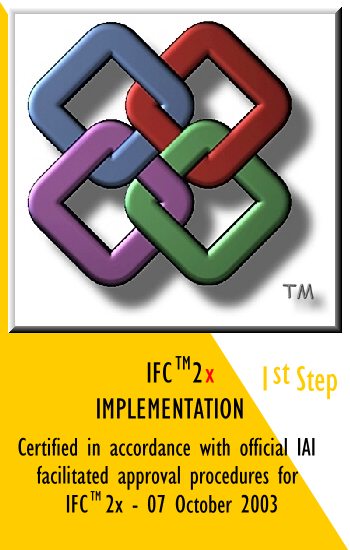The PC Software "HILTI PROFIS Connect" connects the HILTI devices Tachymeter POS 15 and Tachymeter POS 18 with CAD systems as easy as possible. The Software allows transferring 3D points from the total station to the CAD system and sending 3D points from the CAD system to the device.

Transferring points to the CAD system can be used for direct drawing in the CAD system using the total station. As an example: you start the "create walls" function in the CAD system, then you can easily draw the walls by tracing the room corners with the total station. The other way (from the total station to the CAD system) allows to locate points from the CAD system in the real environment.
The software is very easy to use as it requires almost no settings. The total station, which is connected to the PC via the USB interface, is automatically found. Some CAD systems have direct optimized connections, but additional CAD systems can be manually connected in a simple manner, if these provide input via the keyboard.
The PROFIS Connect software was developed for HILTI in the end of 2014 by GEM Team Solutions in cooperation with the HILTI development team of the device software. In summer of 2015 the version 1.1 was released that contained support to additional CAD systems and the possibility to manually include additional CAD systems.
Link to HILTI:
https://www.hilti.de/software/software-f%c3%bcr-messger%c3%a4te/r4035084
 english
english deutsch
deutsch


 Information about the COLLADA format can be found here:
Information about the COLLADA format can be found here: 